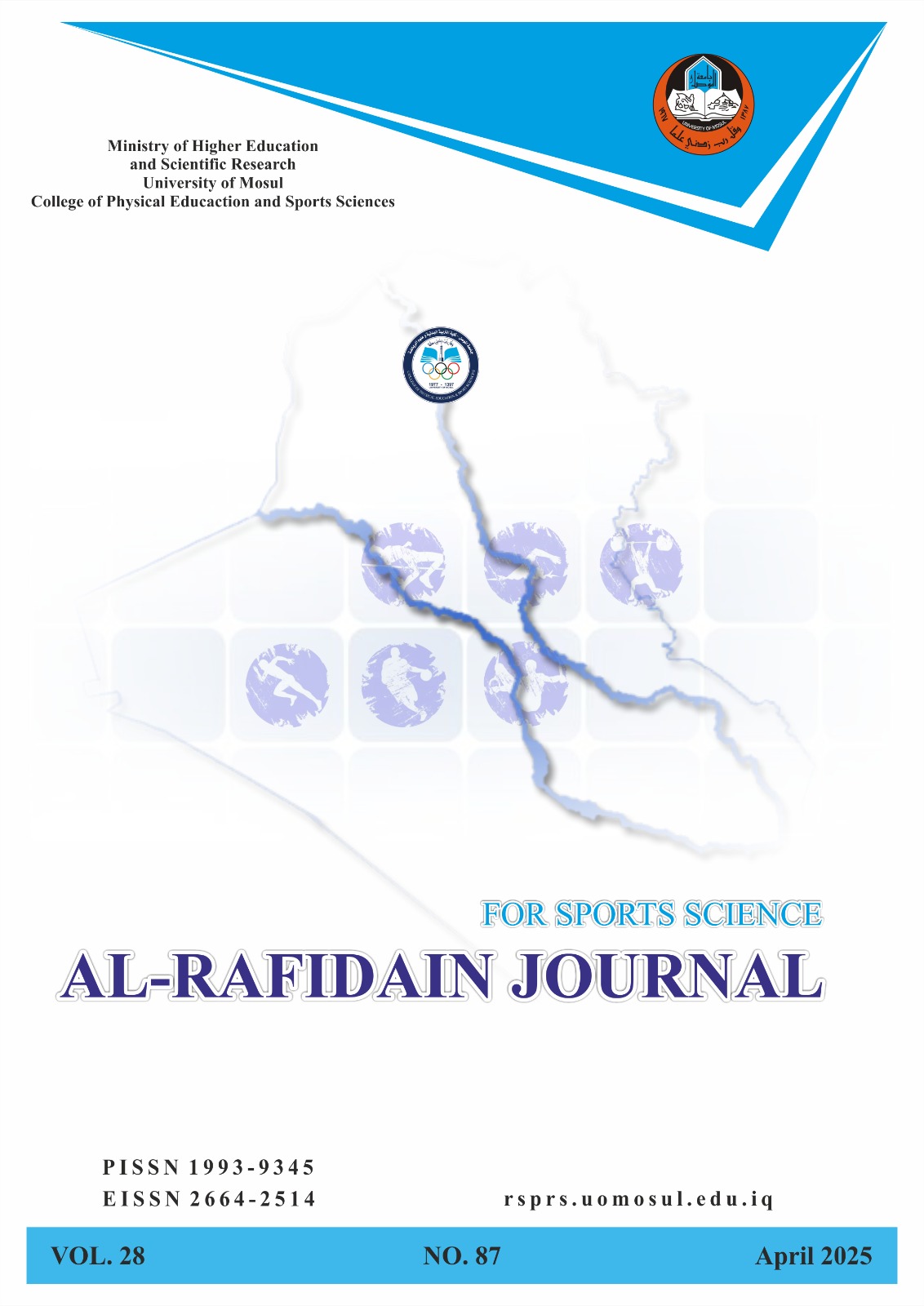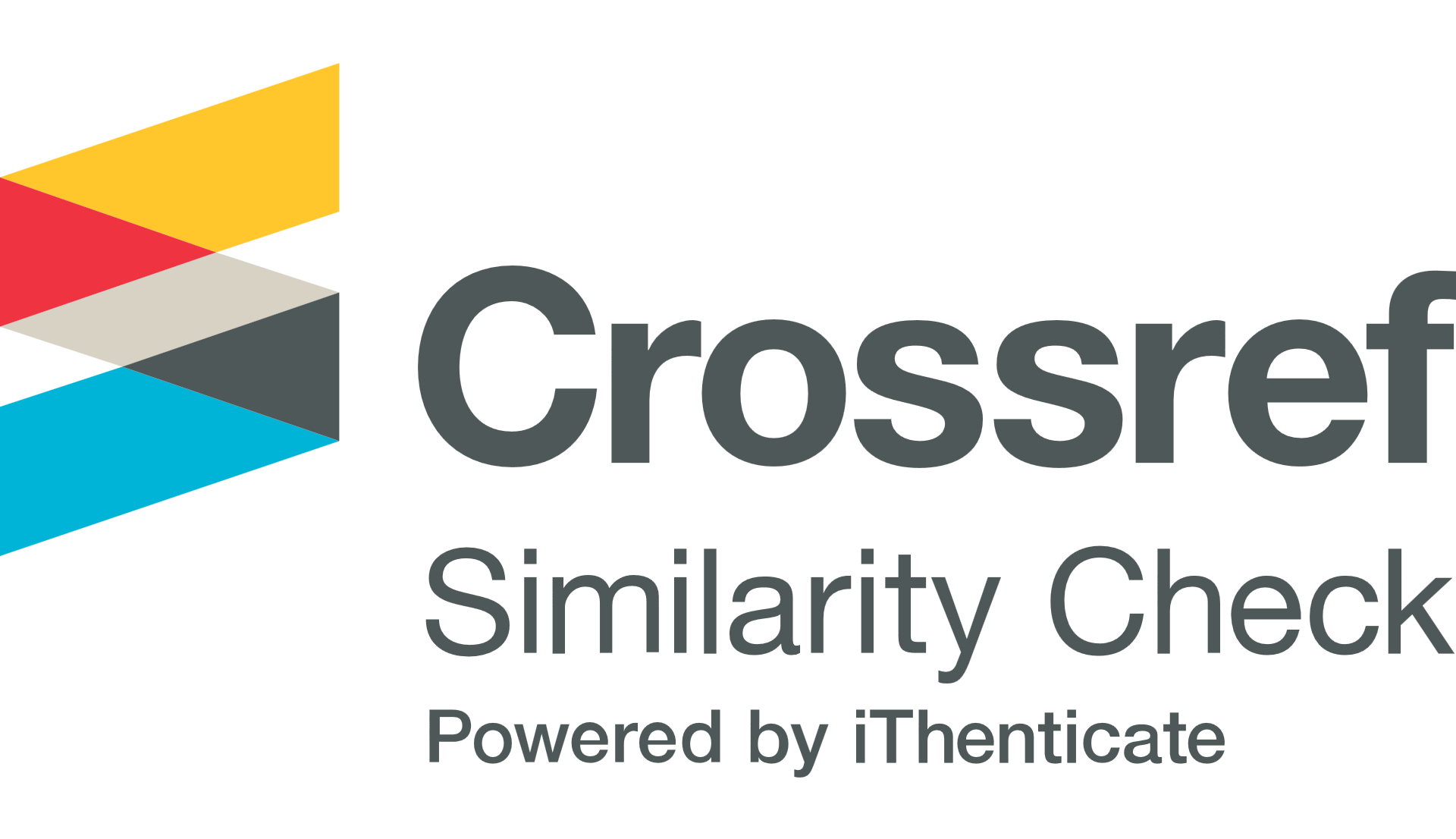An evaluative study of some skill faults of volleyball tennis serve Assistant professor Ahmed
Abstract
The Introduction and the importance of the research:
Volleyball is considered one of the ball games in special and a team game in general which is included in the general framework of the sport activities for most of the countries developed in the field of sports as this game become characterized by the dynamic which leads to a high level of excitement especially when practicing the requirements of the game, because there are a variation in its kinetic rhythm and that is clear through the kinetic variety, and this entailed the necessity of creative abilities harmony which get in accord with the required performance during the real contest. (Hasan, 1998, 9)
The technical skills are the movements that should be performed by the player in accordance with the circumstances required by the volleyball game in order to reach positive results, saving the physical effort and delaying the state of tiredness for the players and that is the reason behind mastering them completely.
The players should perform all the basic skills in an equivalent level so that each player can accomplish his duty during playing.
So, it is important to analyze the technical skills into their stages in order to be learned easily and accurately taking into consideration the law of the game. Despite the fact that the skills seem to be easily performed, but they require a great deal of effort in order to master them according to the law of the game represented by the short time of touching the ball, identifying the touching of the ball, the small size of the field and the flying speed of the ball and other aspects.
The research objectives
-Identifying the technical faults in the tennis serve in volleyball for the second year students in the college of sport education in the University of Mosul.
- constructing up an evaluative program to correct the technical faults of the tennis serve in volleyball.
- Identifying the effect of the evaluative program of the skill performance faults on the accuracy, speed and the strength of the tennis serve in volleyball.
The hypotheses of the research:
- The performance of the research sample concerning the tennis serve in volleyball is characterized by a number of technical faults.
- There are significant differences in the level of performing the variables of accuracy, speed and the strength of the tennis serve in volleyball between the control and the experimental groups in favor of the experimental group
- There are significant differences between the pretests and the posttests for both control and the experimental groups in the accuracy, speed and the strength of the tennis serve in favor of the experimental group.
The research domains:
- The human domain: The second year students in the college of sport education at the University of Mosul.
- The temporal domain: From 1/12/2009 until 1/3/2009.
- Spatial domain: the gymnasium of volleyball, branch of team games, college of sport education, University of Mosul.
The research Methodology:
The researcher used the experimental methodology as it is suitable for the nature of the research.
Conclusions:
1- The correctional exercises had a positive effect on improving the accuracy of the serve .
2- The correctional exercises had a positive effect on improving the speed of the serve for the sample.
3- The correctional exercises had a positive effect on improving the serve arm peripheral speed for the sample.
The correctional exercises had a positive effect on improving technical performance of the serve for the sample.
Recommendations:
1- Using the correctional exercises to develop the kinetic skills of volleyball players.
2- Conducting similar studies on the skills the current research didnt addressed.
3- Holding training courses for the coaches concerning identifying the performance faults and how to correct them be means of filming and seeking the assistance of experts to analyze the skills.
4- Directing the coaches to correct the faults by objective evaluation in younger ages.






